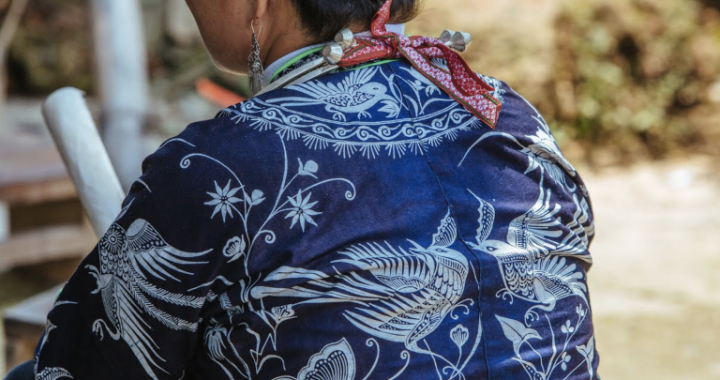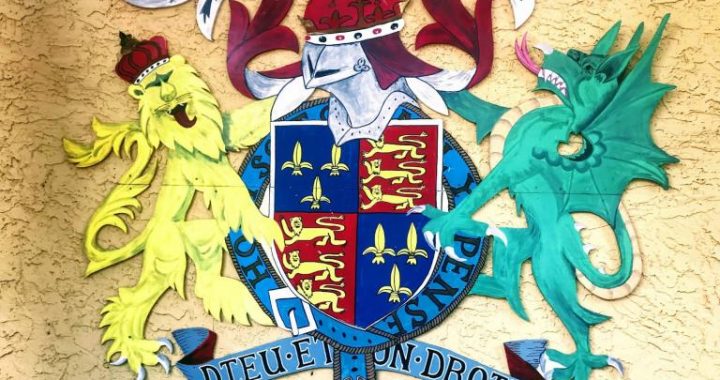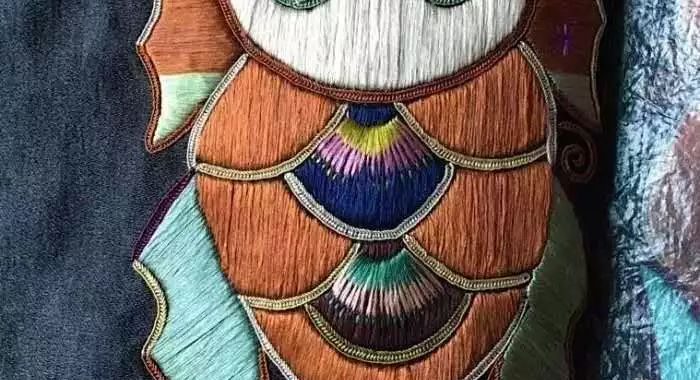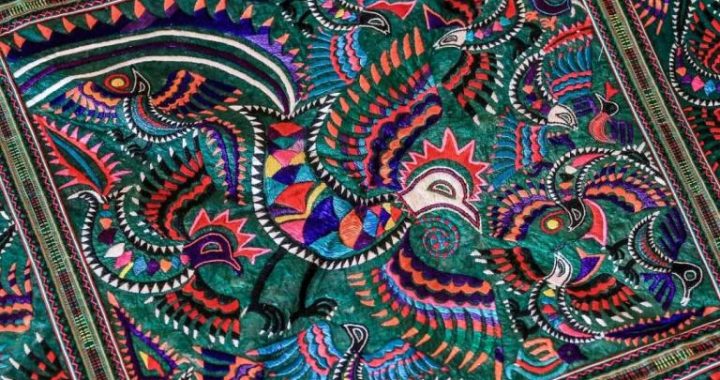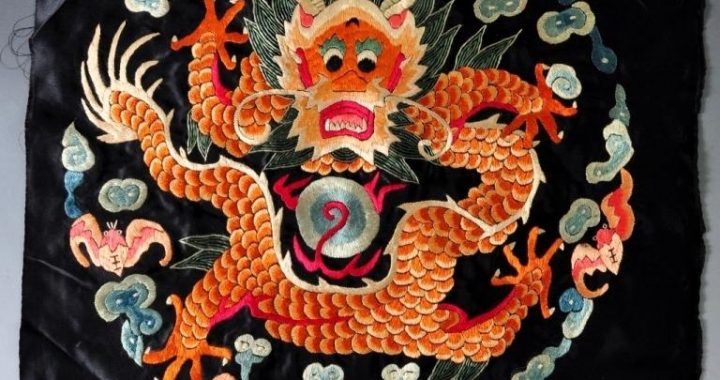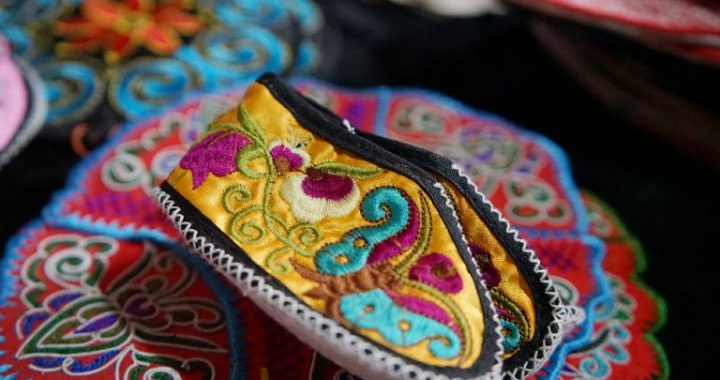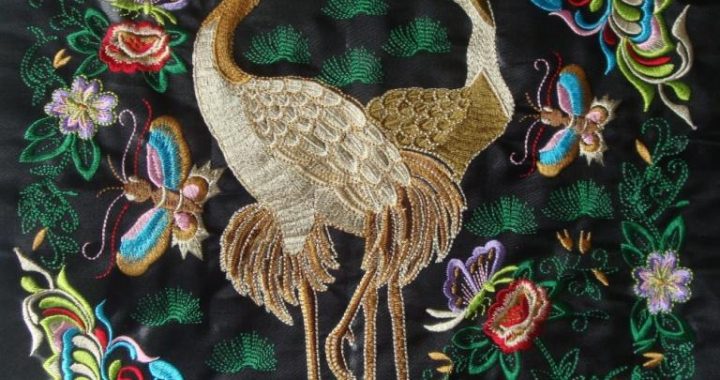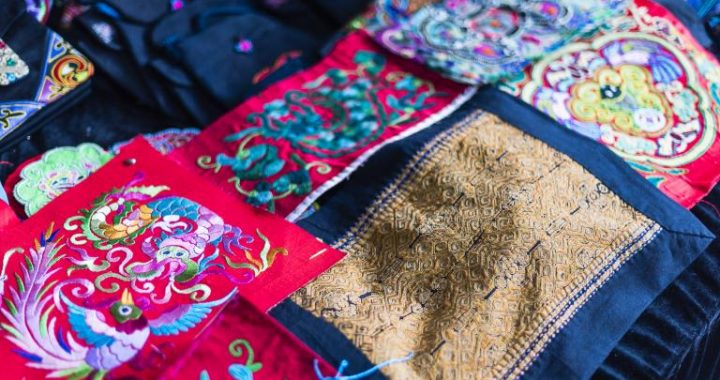General Characteristics of the Ming Dress
4 min readThe Yuan dynasty ruled China for 97 years,after this,the Han nationality regained the throne.Zhu Yuanzhang,who was born of a common family,led a peasant uprising,overthrew the Yuan dynasty,and founded the Ming dynasty which lasted for nearly 300 years in Chinese history.Since then,the rulers had tried to eliminate the influence of Mongolian dress system on the Han nationality,and resume the dress styles of the Tang and Song dynasties.However,some main dress styles were not formally defined until 1393.Since the Ming dynasty paid much attention to agriculture,cotton planting was extensively promoted in the nation.Due to the abundance of cotton cloth,the clothing for ordinary people was also improved.In the Ming society,the textiles technology was further improved with increasing output.There were a variety of textile,and the colors of the flower patterns were greatly enriched.Some designs,such as auspicious drawings and spring scene,were quite popular among the people.Besides,the embroidery technology was more closelyconnected with fashionable dresses.During this period,besides hemp,silk and wool,cotton fabrics were also widely used and became the main dress materials.
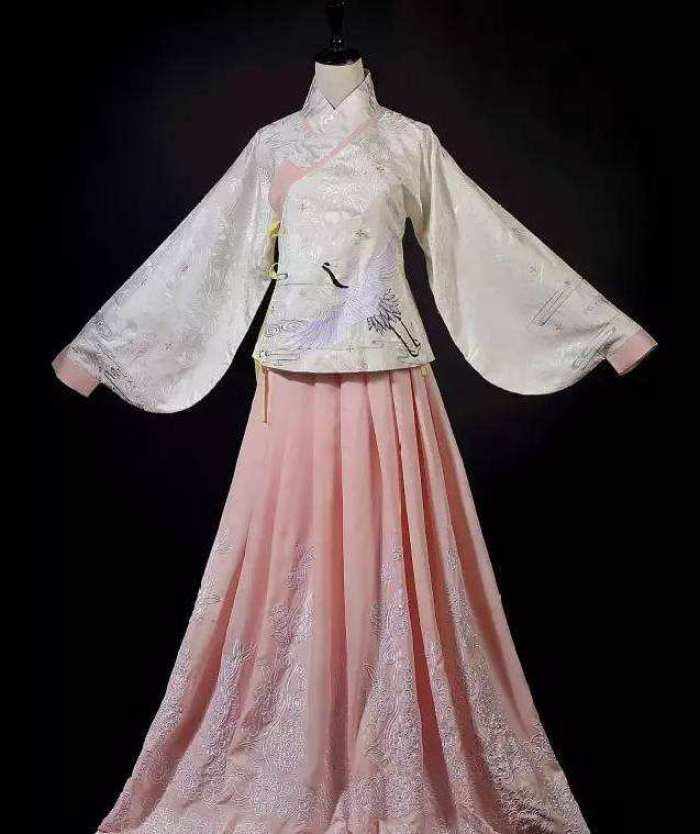
In this period,the technology for silk making also developed in the trend of exquisiteness.In Taihu Plain to the south of the Yangtze River,the silk industry developed quickly.Some small villages dealing with silk industries along the Taihu Lake quickly developed into large towns and cities.By then,the exquisite silk dresses had become the favorite of the rich and powerful families.For the purpose of a centralized production,the government of the Ming dynasty set up special weaving and dyeing bureaus in Nanjing,Suzhou and Hangzhou to manage silk industry so that skilled craftsmen were collected to produce exquisite textiles for the royal family.Besides,the bureaus were also responsible for attracting workshops owned by ordinary people to join them.The sharing of advanced technology,from another aspect,promoted the development of dress materials.In the Ming dynasty,the technology of fine processing,such as silk-making,embroidery,weaving,and flowery patterns,had all reached a high level.A1l these new progresses prepared goodconditions for the further development of dress culture.Moreover,the Chinese earliest scientific works,such as Exploitation of the Works of Nature,appeared in this period,which were quite significant for preserving and developing traditional ski11s and techniques.
After the Yuan dress system was abolished,based on the systems of the Tang and Song dynasties,the Ming dress system was established,On the basis of resuming the Han nationality’s dress style,many creative ideas were carried out.With the improvement of the dress system,the well-knit and orthodox features of the Ming dress also showed up.In ancient China,the official dress for the upper class was a symbol of power,and was taken seriously by the ruling class of ages.In the Ming dynasty,as the Emperor’s family name was Zhu(it also means bright red color in Chinese),the official dresses were mostly bright red;as a result,the color purple wasn’t used as the color for the official dress during the period.
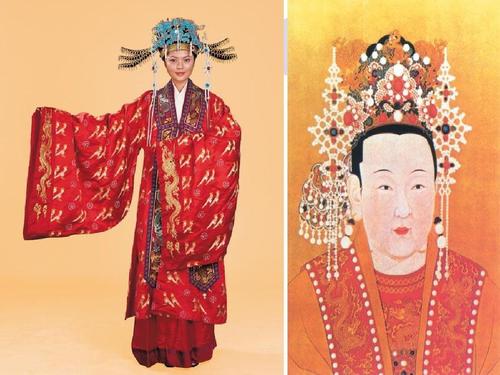
The Ming official dress looked quite similar to the round-neck dress in the Tangdynasty,round-collared,folded across the front and wide-sleeved,which was called “bai”(the lap).The dress materials were mainly shiny silk,yarn or thin silk of different colors and flower patterns.For example,the”buzi”(referring to animal patterns embroidered with silk thread in yellow and other colors on the front and back of robes worn by officials during the Ming and Qing dynasties)was used to show the grade of officials.The buzi was a piece of square silk about 40-50cm,which was embroidered with different flower patterns and then sewn to the front part and backpart of the official dress.The buzi of the civilian was embroidered with the figure of fowls, and that of the military officers was embroidered with the figures of beasts, which was divided into nine grades. The ordinary round-neck gowns and robes were distinguished according to the length of the dress and the size of the sleeves.
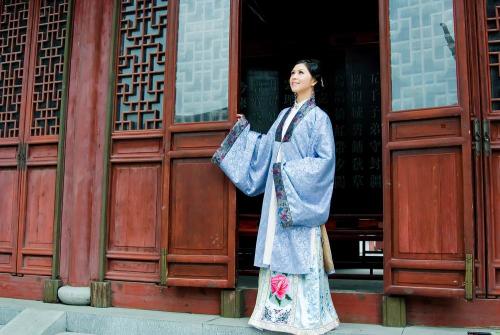
The long clothes and large collar meant a higher position.
Compared with previous dynasties, the dress of the Ming dynasty were much improved. One of the most important features was to replace the knots that had been used for a long time with the buttons in front of the garment. Button was nor only practical, but also beautiful, which is a great contribution of the Ming dress to Chinese traditional dress. However, button did not come from the Ming Dynasty; instead, its initial form first appeared in the Yuan dynasty. By the Ming dynasty, buttons were further processed and perfected, and began to be more frequently used in dress. The use of buttons was a kind of change on dress, which showed the progress of the society.
